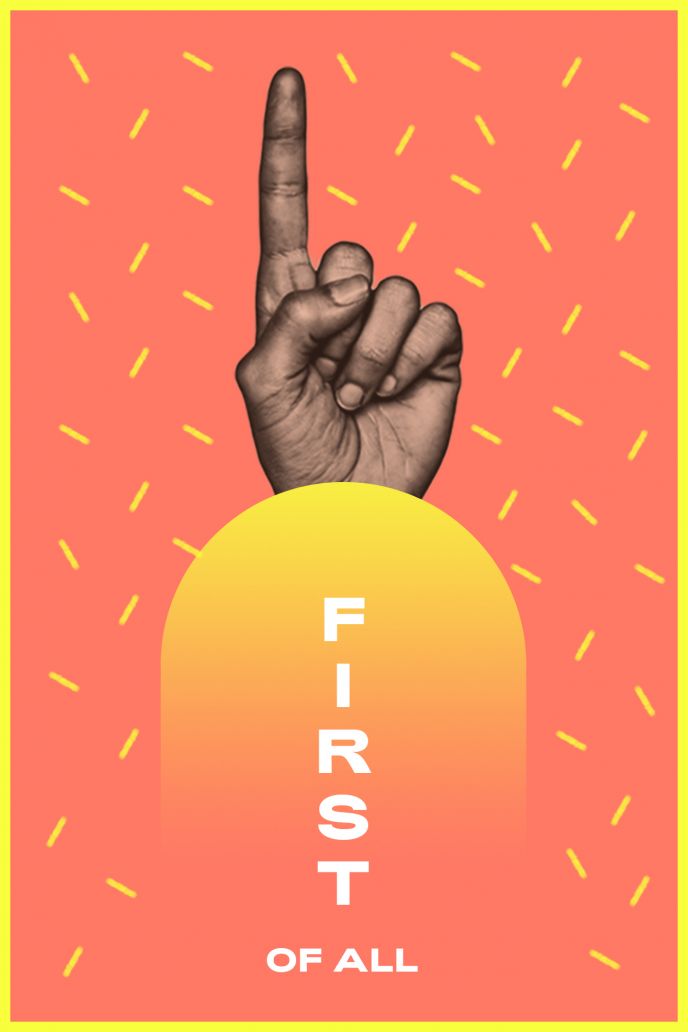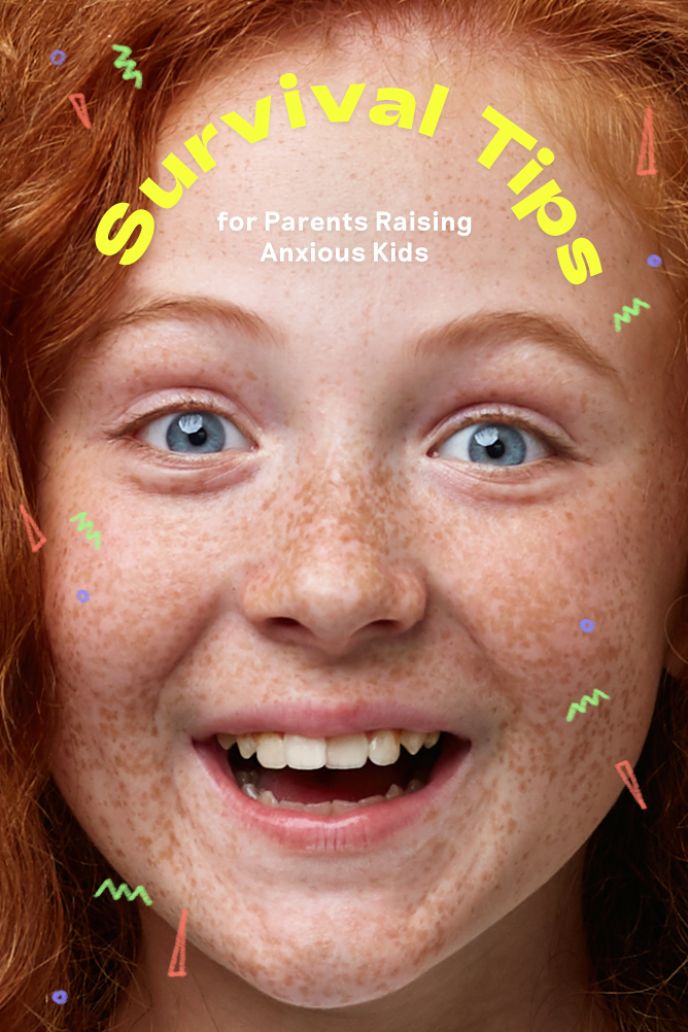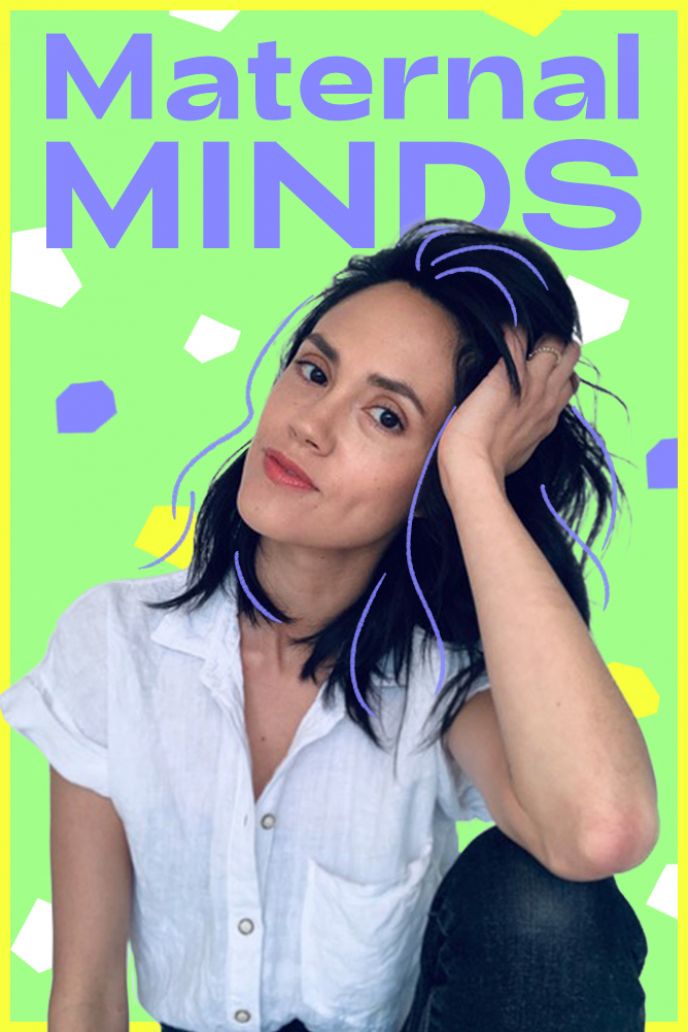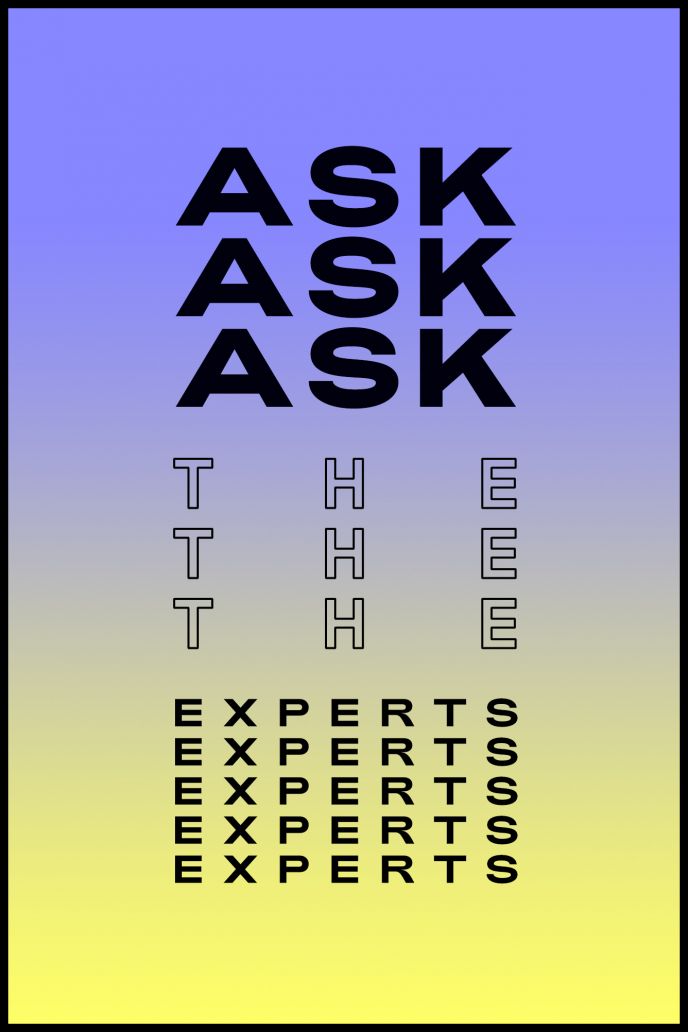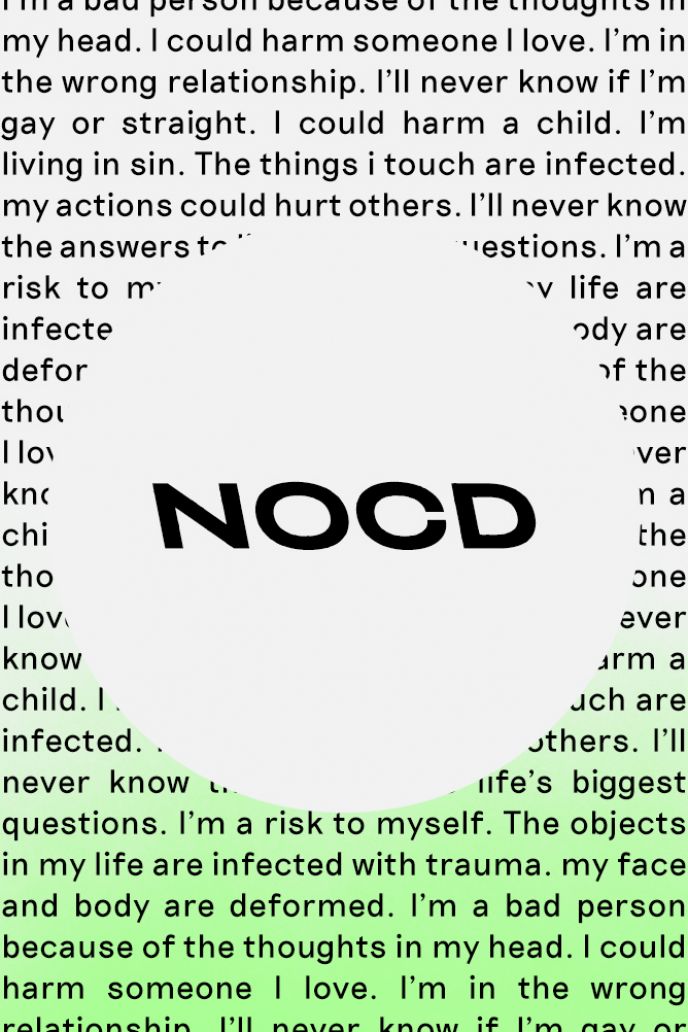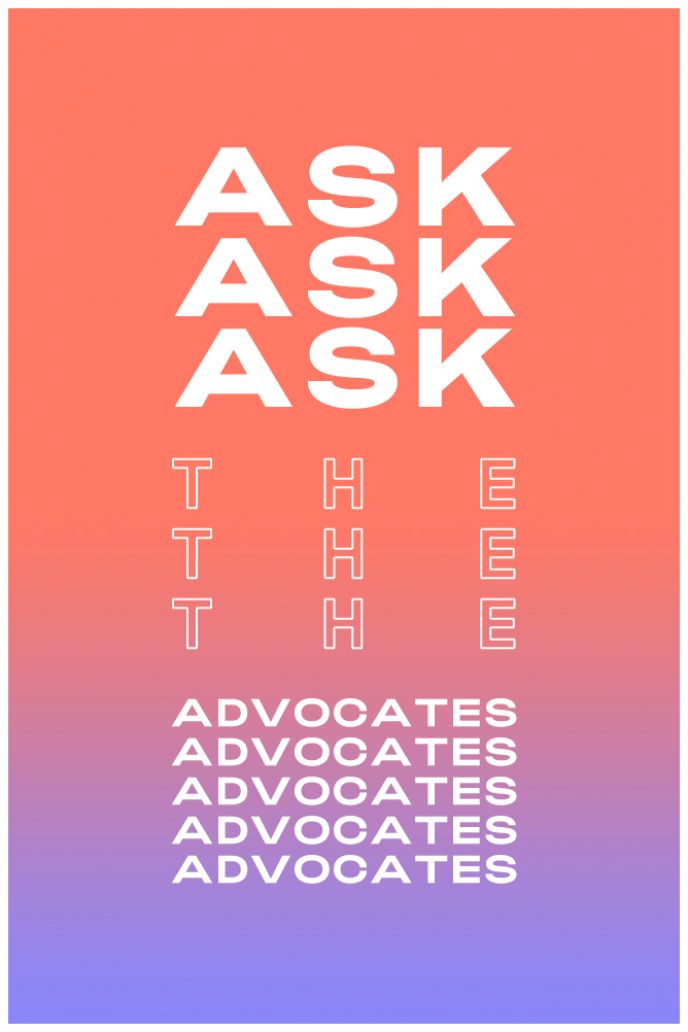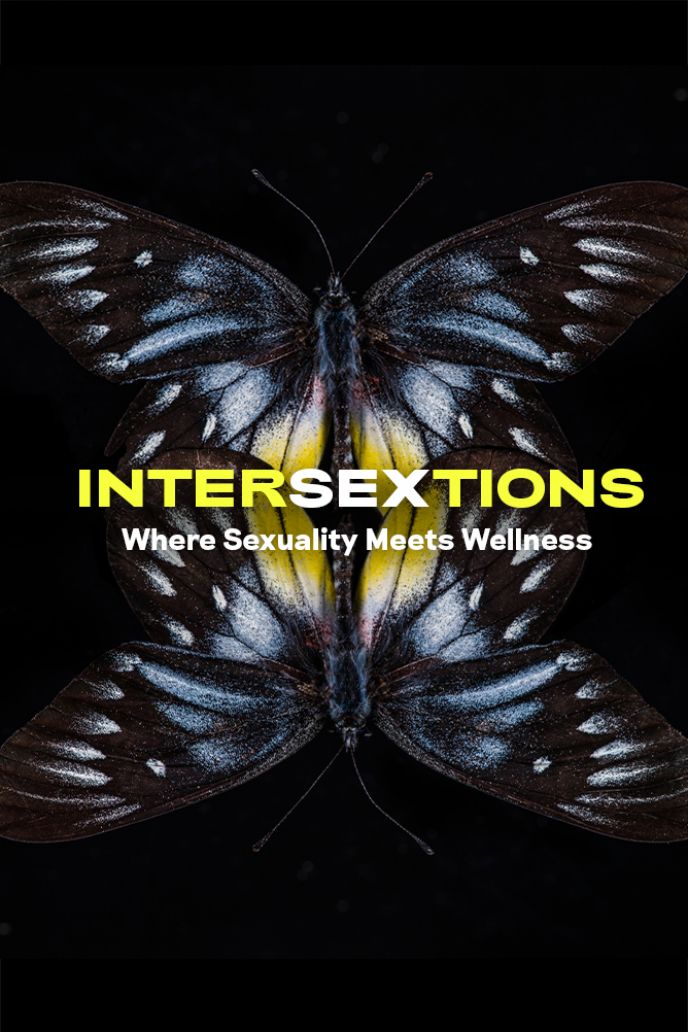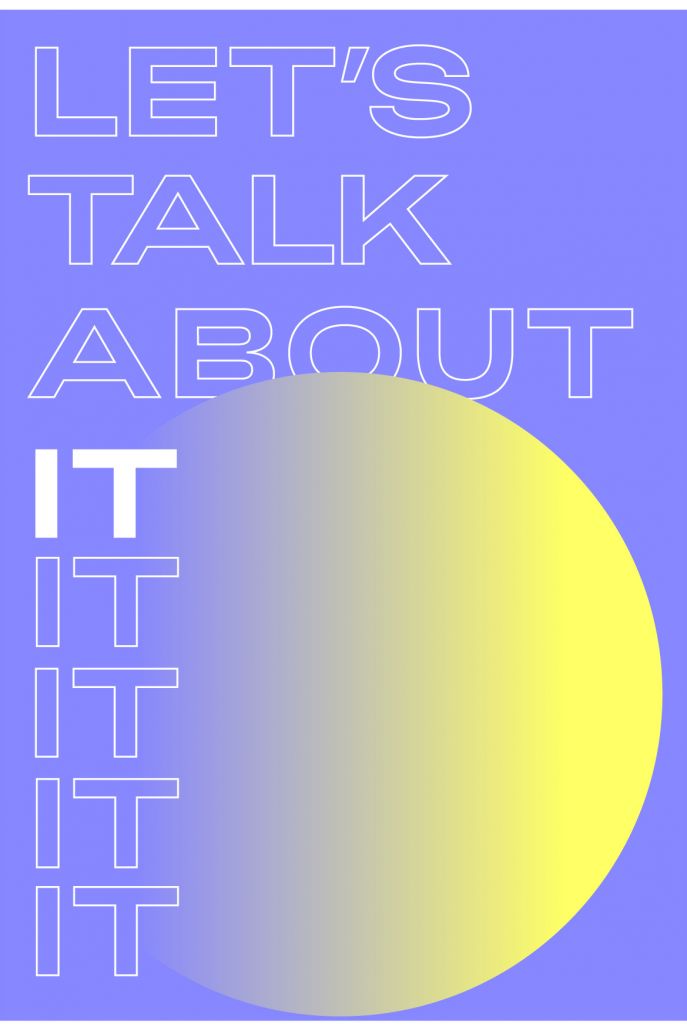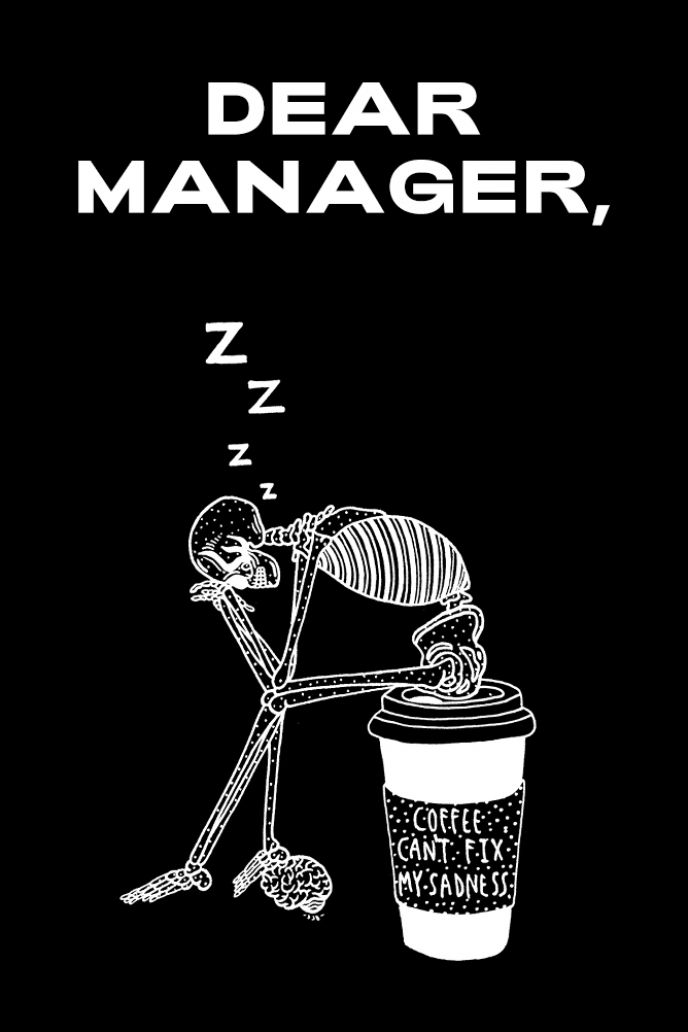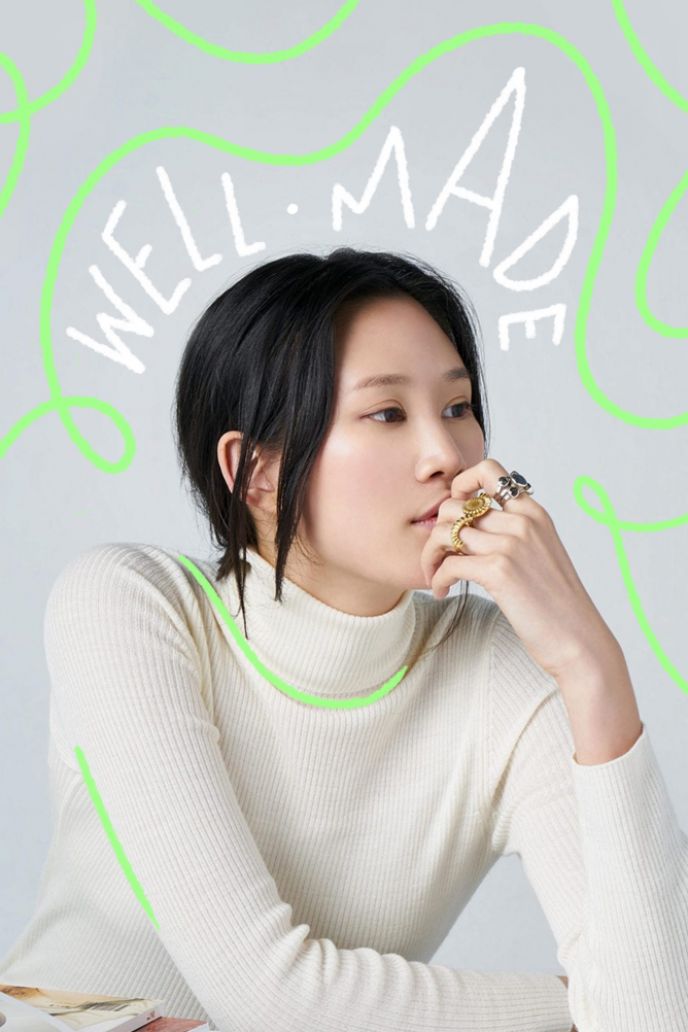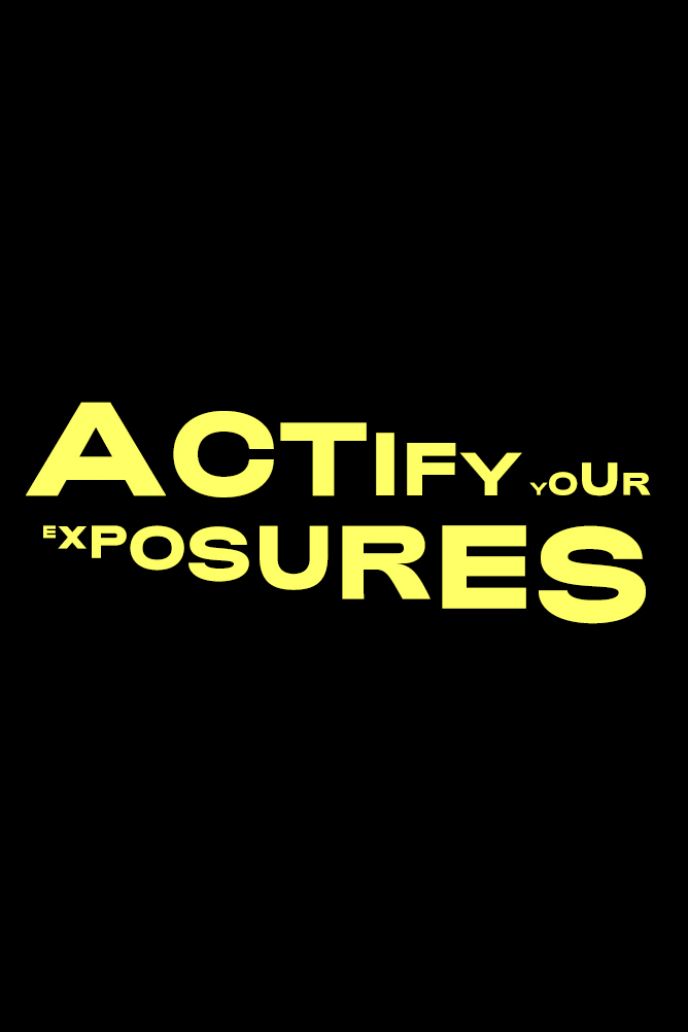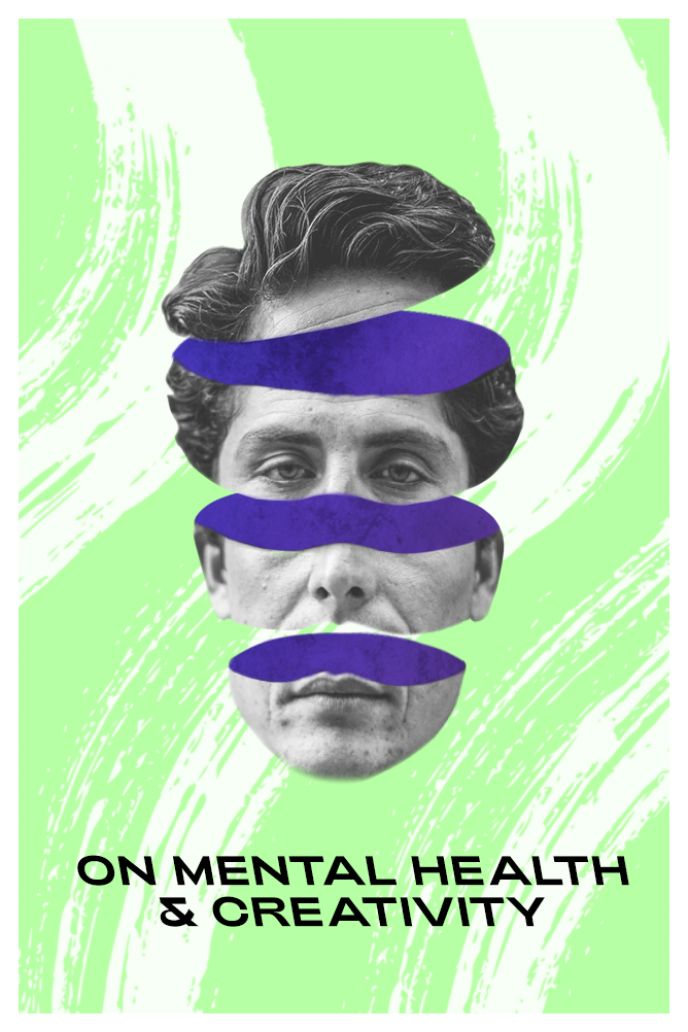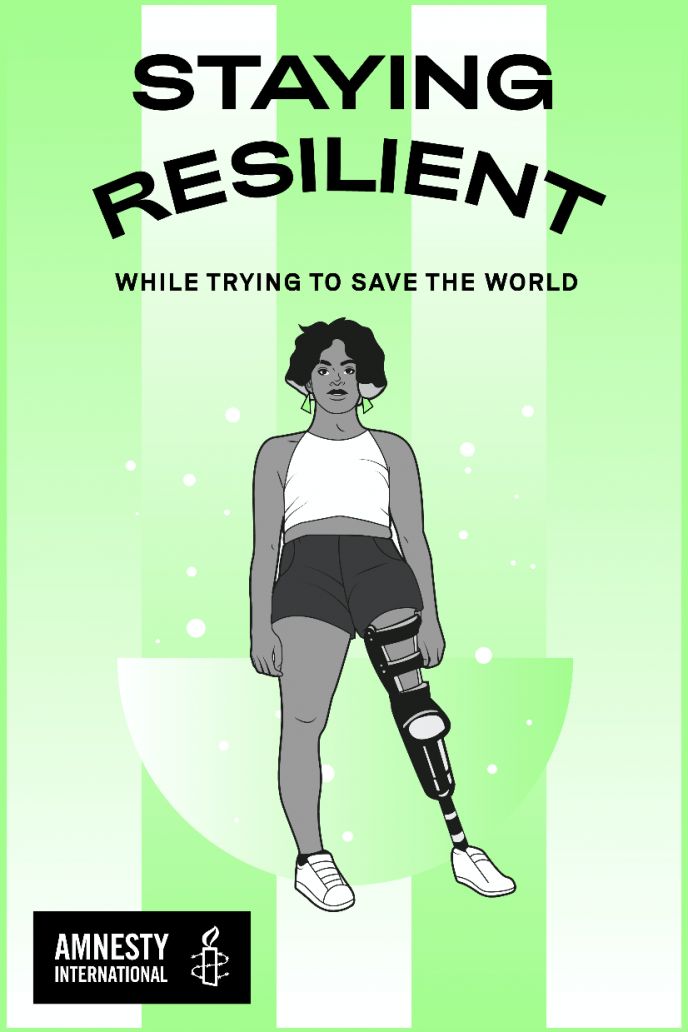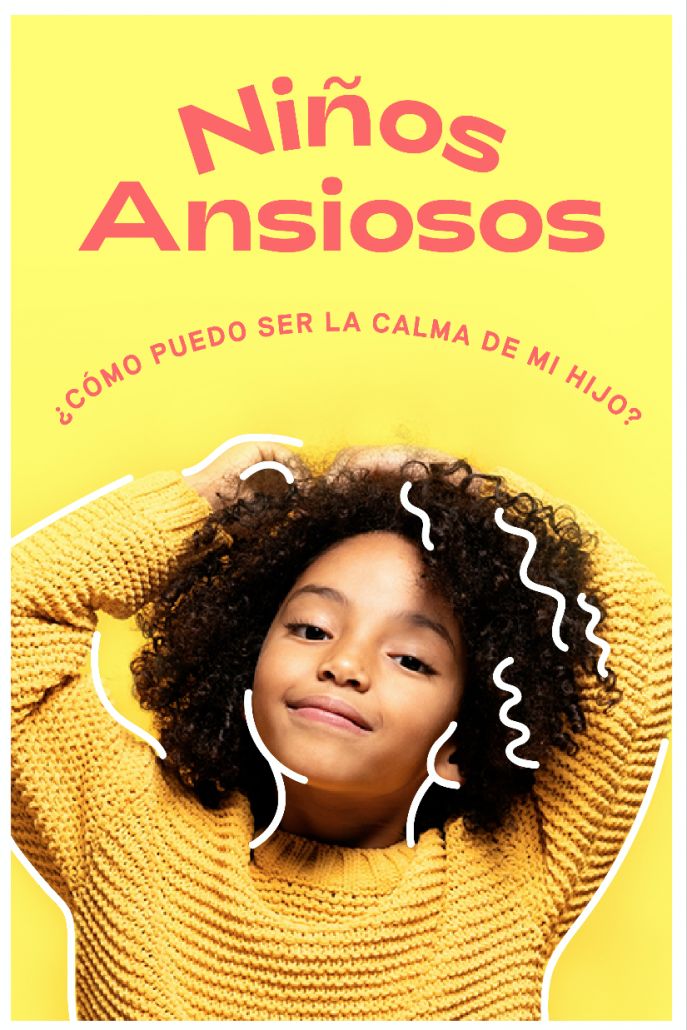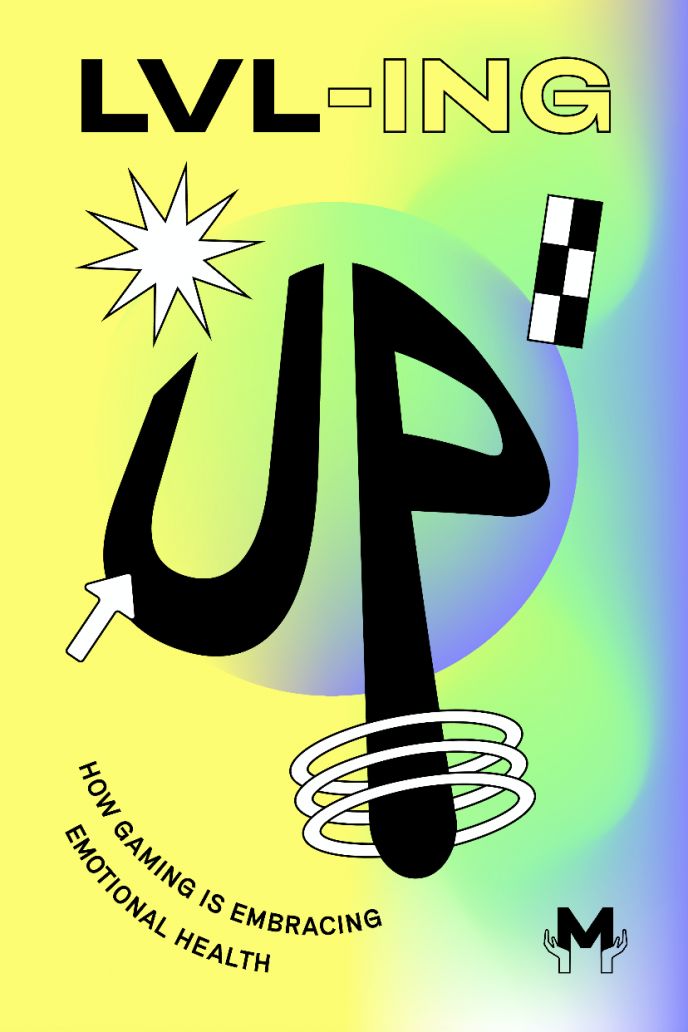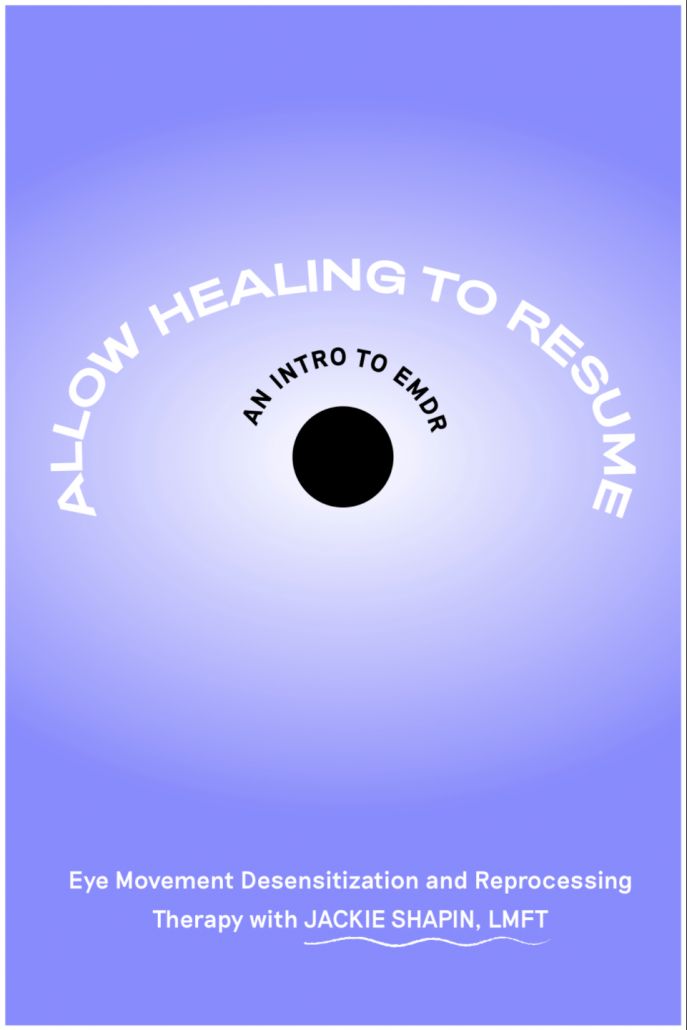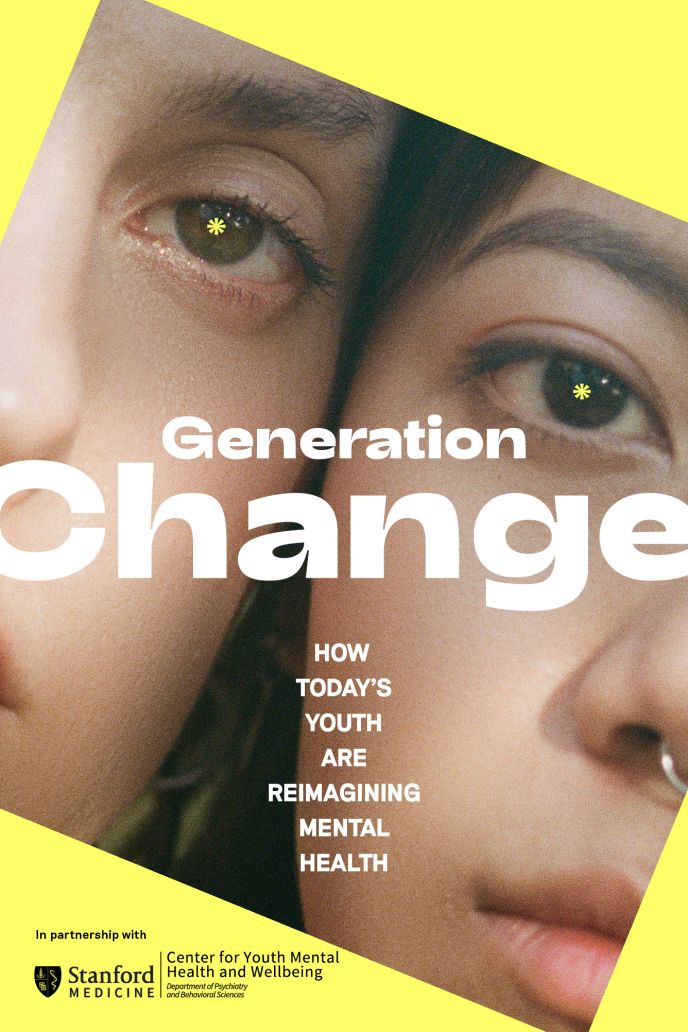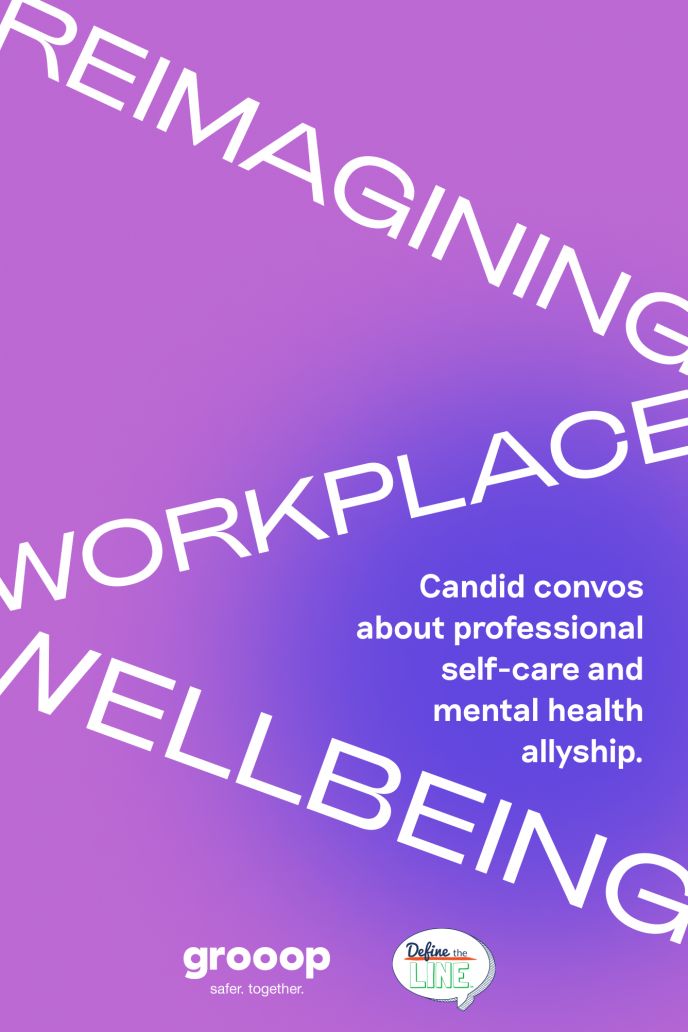Celebrating and Exploring Black Culture Through Art: An Interview with Christen Austin
The American multi-media artist talks about visualizing, uplifting and memorializing Black experiences.
Written by Aaron Harvey
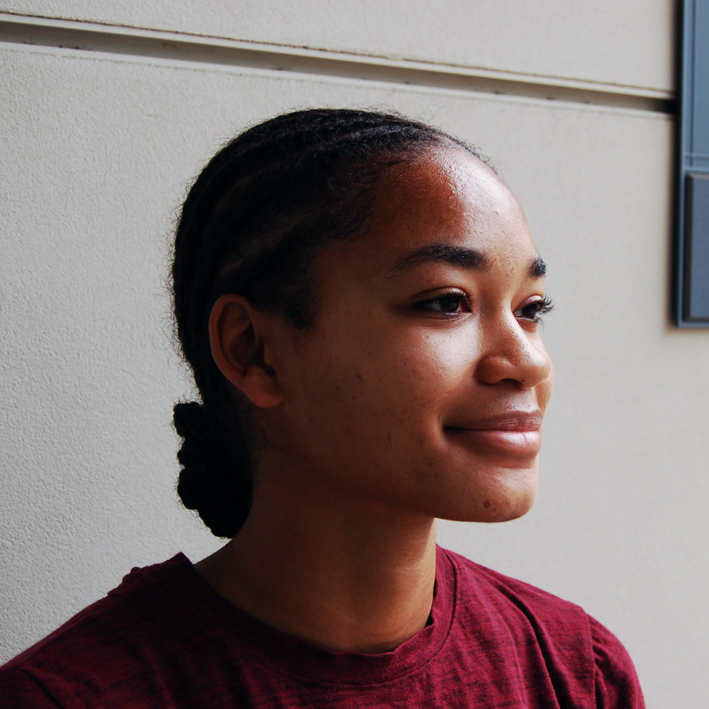
01 Christen Austin is a 26-year-old artist from California whose work focuses on showcasing Black community in honest, positive and relatable ways.
02 Art plays a crucial role in activism, both as a vehicle through which pain can be expressed and as a way to reflect on groundbreaking cultural moments, such as the current Black Lives Matter uprising.
Tell us a little about yourself?
My name is Christen Austin, I'm 26 years old and I was born and raised in California. I graduated from Pasadena City College with an associate's in Natural Science and then I transferred to Cal Poly Pomona and graduated with a bachelor's in biology.
I have always had a passion for art since I was young but when deciding my career path, I didn't feel like art would be a lucrative field and science seemed interesting to me at the time. However, while I was in school, I rediscovered my passion for art but I continued on in the field of science and began working as a veterinary assistant. Nonetheless, art never left me and now I currently create art as my own side business. I have used a lot of different types of media but I recently began using acrylic paint. I have been painting for about 5 years now.
What inspired you to become an artist?
I have been surrounded by art almost all my life. My mom is an artist so seeing her work hanging on the walls of our home definitely sparked my interest.
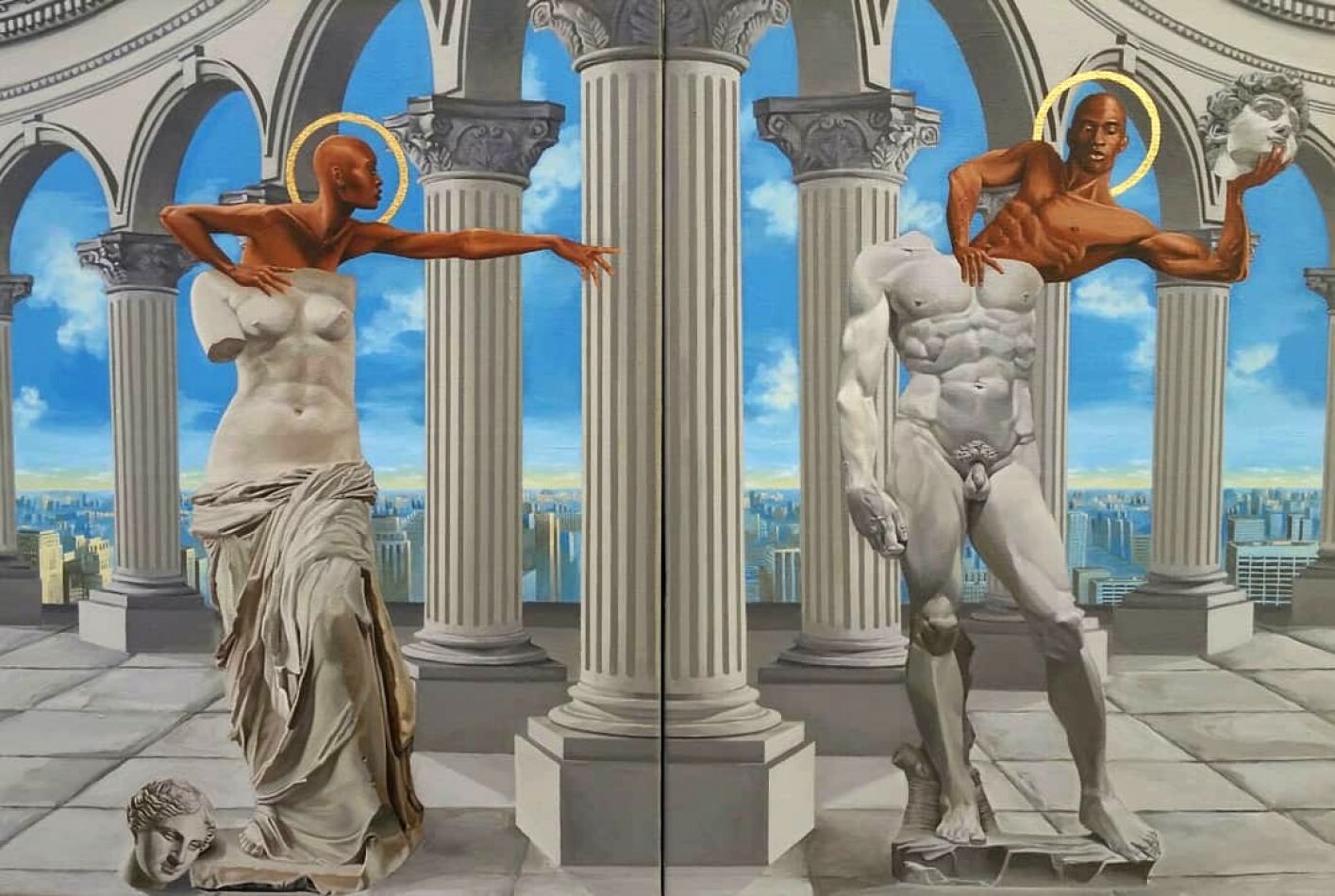
Epitome of Beauty
Take us through your process of creation; concept to execution.
It all starts as a vague image in my mind, inspired either by something I see or an idea that I want to illustrate. Sometimes I sketch it out first or I'll have a reference image that I'll layout on Photoshop. I then transfer my sketch and/or layout to my canvas and begin painting.
When I first started painting, I would encounter a lot of set backs because my process was not as structured as it is now but now my process has become a lot smoother and easier to manage mentally because I've learned to put the time into the preparation beforehand. While I paint, I'll either listen to music or watch YouTube videos. Sometimes I'll even paint in silence but that's rare now because it can make for a somewhat lonely atmosphere.
Do you see art as a kind of therapy or meditation?
I honestly don't see it as therapy or meditation. I wish that it was but I've never completely allowed myself to adopt an organic nature with my art because of my emphasis on technicality. For me, painting does help me to escape but rather than me being in a sort of meditative state, it really just enables me to concentrate on one particular thing. When I'm not painting my mind is running a mile a minute it seems, so painting somewhat erases all the noise and makes me be more present in my now.
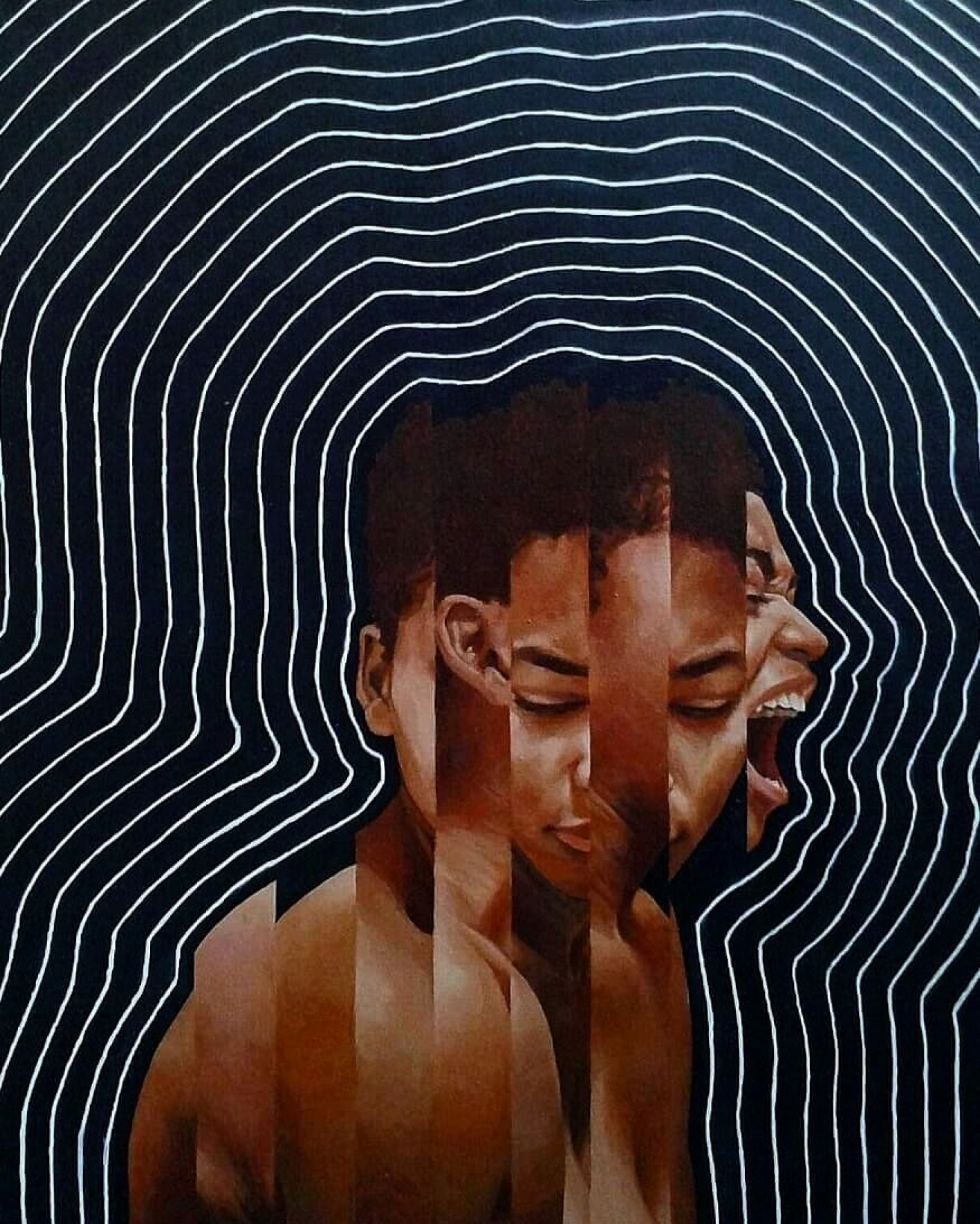
Parallel Lines, Parallel Minds
What role can art play in helping to improve society’s understanding of mental health? And that of mental health within BIPOC communities?
I believe that when things are visualized, they are more digestible and impactful and when it comes to mental health, there is a more visceral reaction when you can see something that is representative of what you feel or what you are going through, even within the depths of your mind. I think art is the only avenue that has the ability to reach those depths and bring them to light in ways that people can actually relate to and that accounts for people from all communities. Art can be moving to those that it speaks to because of its beauty and because it has endless possibilities in terms of content. I believe that It is a universal tool to reach people of all backgrounds.
Tell us about your piece, “Parallel Lines, Parallel Minds”? What was your inspiration and process? What do you hope it achieves?
"Parallel Lines, Parallel Minds" is actually a self portrait which I painted in 2016 in order to convey my perception of social anxiety. I wanted to visualize the internal and external struggle between having to stay composed on the outside and screaming to get out on the inside while being in an uncomfortable environment.
I shortly realized that this painting had a double meaning because of its relation to the feeling of living as a black person in America and being a witness to the countless injustices and racists acts by those who do not see us as valuable citizens of this country. My hope for this painting was simply to be able to convey a personal experience but its impact exceeded my hopes 4 years later becoming a small representation of a movement while allowing a wide range of people to see themselves in art.
Tell us about 2-3 other pieces you want to highlight.
I have a painting called "Twoness" which is a term coined by W.E.B Dubois. This piece also reflects our current times and falls within a similar context as "Parallel Lines, Parallel Minds" illustrating the internal and external struggle that a black man goes through when being encountered by the police.
The piece is dear to me because I used my brother as a reference. Doing so made these events more personal to me as I symbolically step into the shoes of those who have experienced it firsthand. Another piece that I have painted is called "Epitome of Beauty". It is a diptych which is two separate paintings that come together as one. it features a man and a woman breaking out of the statue of David and the Venus de Milo, respectively. The painting represents people of color literally and figuratively breaking out of European standards of beauty which is a movement I have witnessed as I saw more and more people of color embracing their natural hair and features.
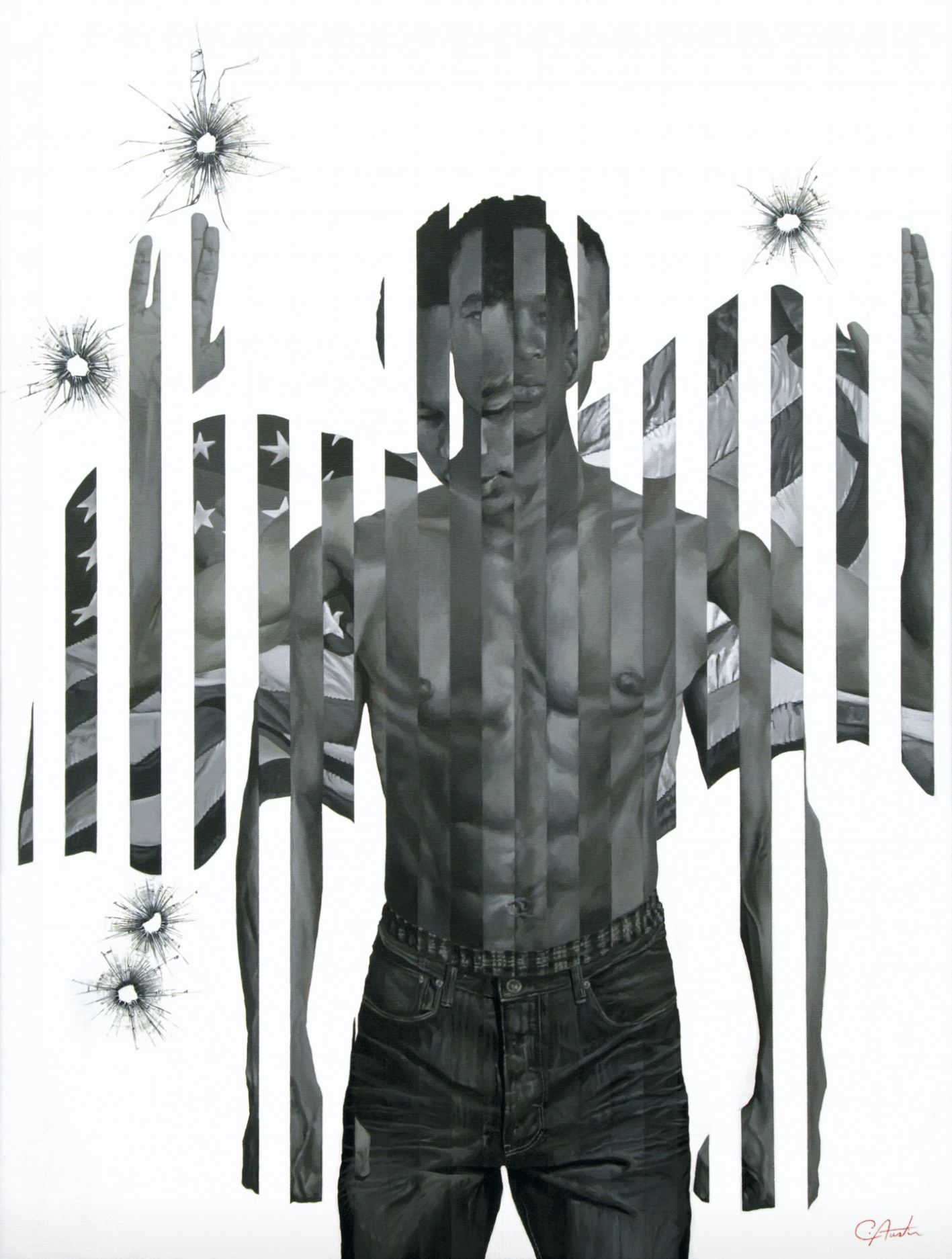
Twoness
What role should art play in advancing the BLM movement?
Art is not only a great tool to visualize ideas and concepts but it also memorializes and reflects the times. This current time and events will live on for years to come partly because of the art that has emerged in representation of it. Art is also an important part of the movement because it encompasses the silent voices of those who speak, not through their words, but through the images that they create.
How can BLM allies better support BIPOC artists today?
BLM allies have done a great job at spreading the word of the movement and they have done the same with spreading the art. Art is a voice so just by sharing it, you are helping to expand the reach of the message. I've received so much support by my peers who have shared my work and purchased my prints so I am very thankful for their allyship.
Keep up with Christen on Instagram and at caustinarts.com.
Support our work
We’re on a mission to change how the world perceives mental health.
